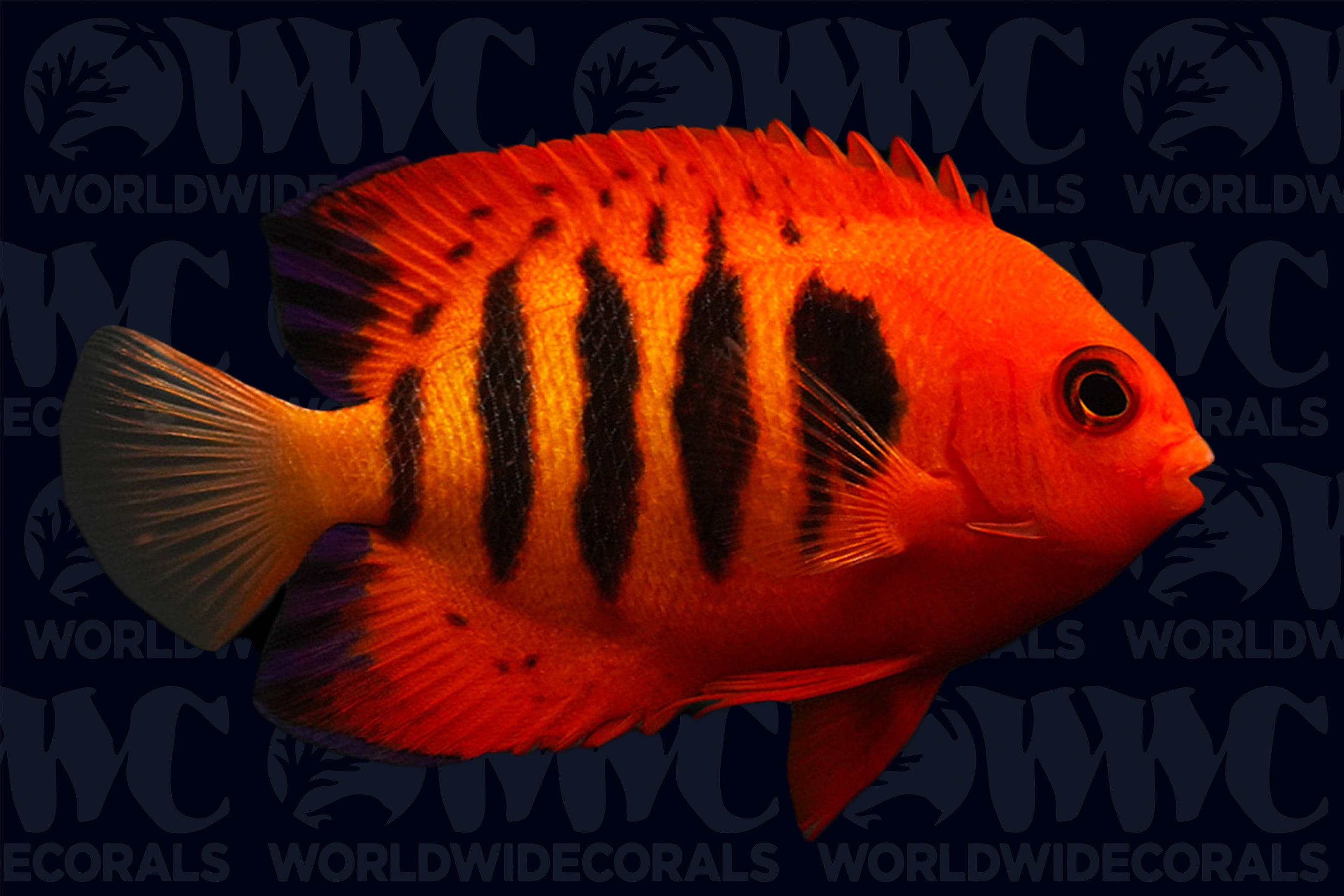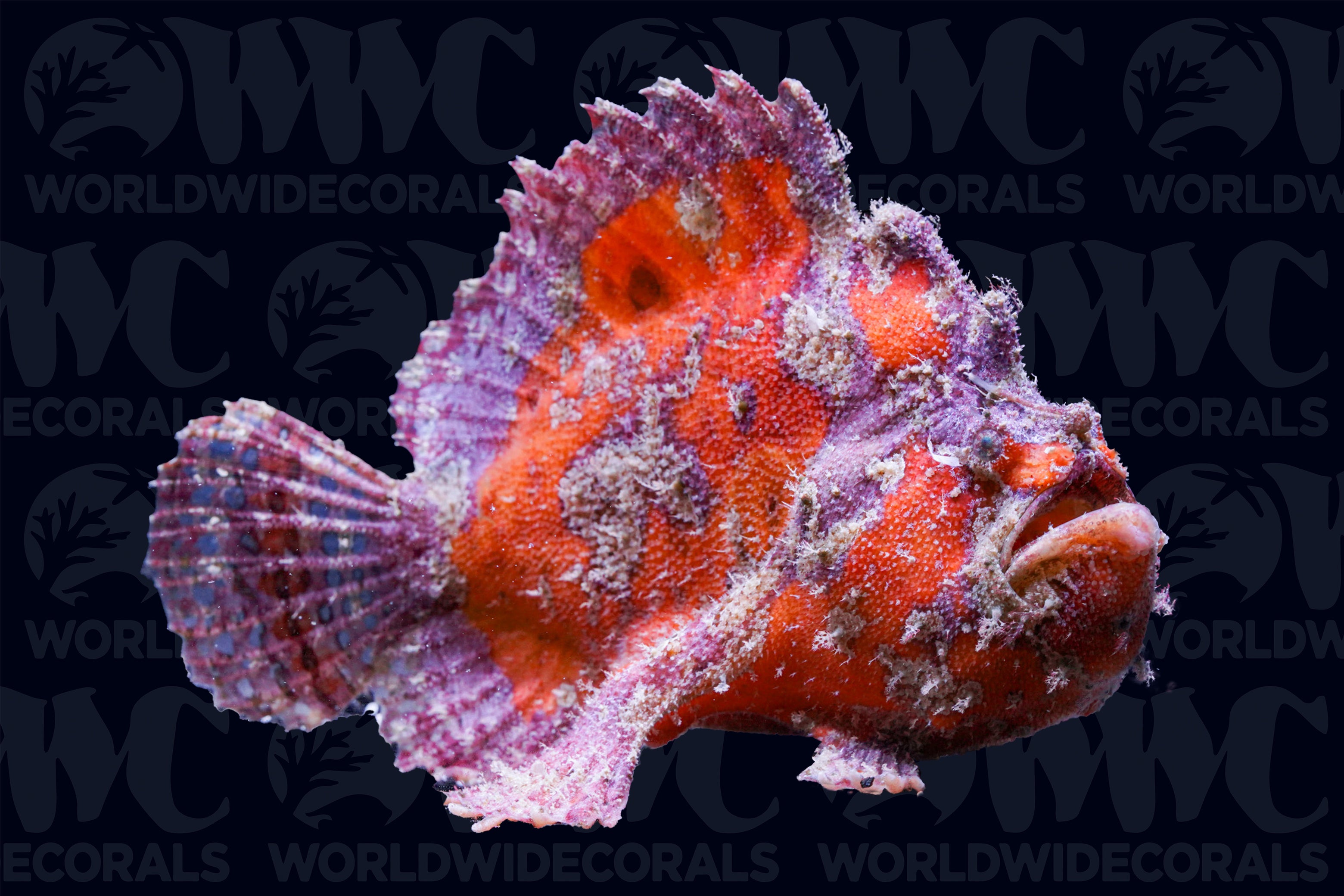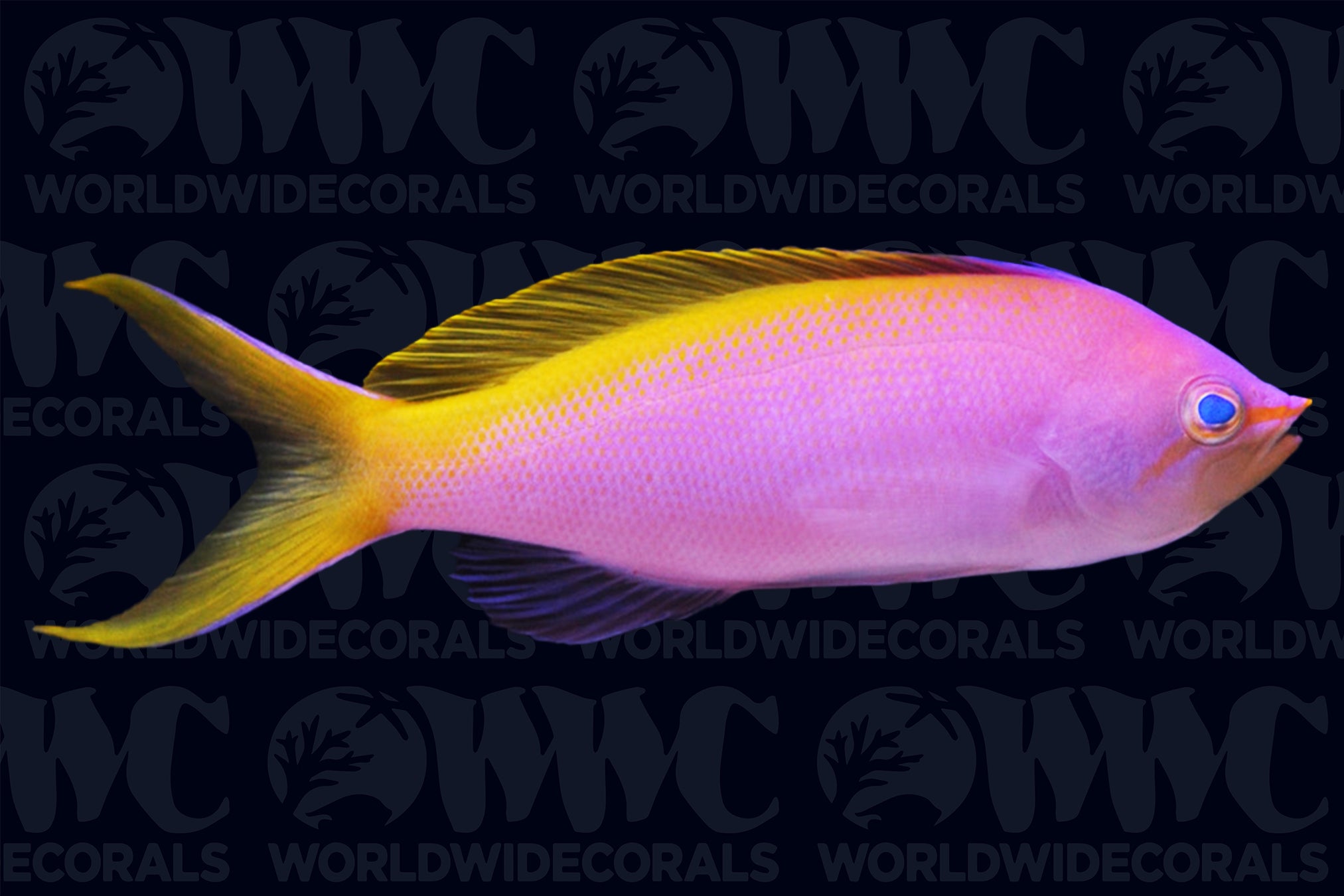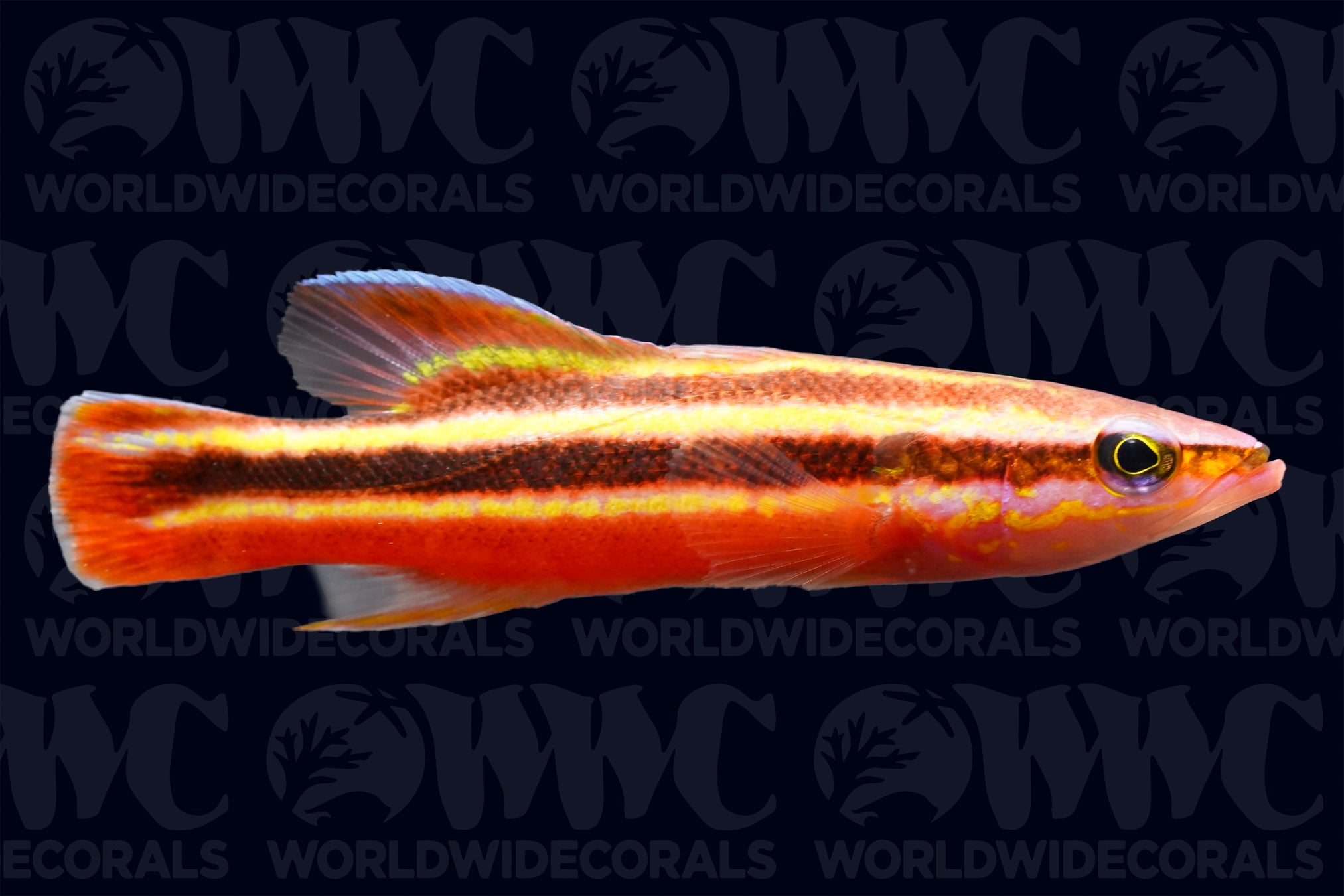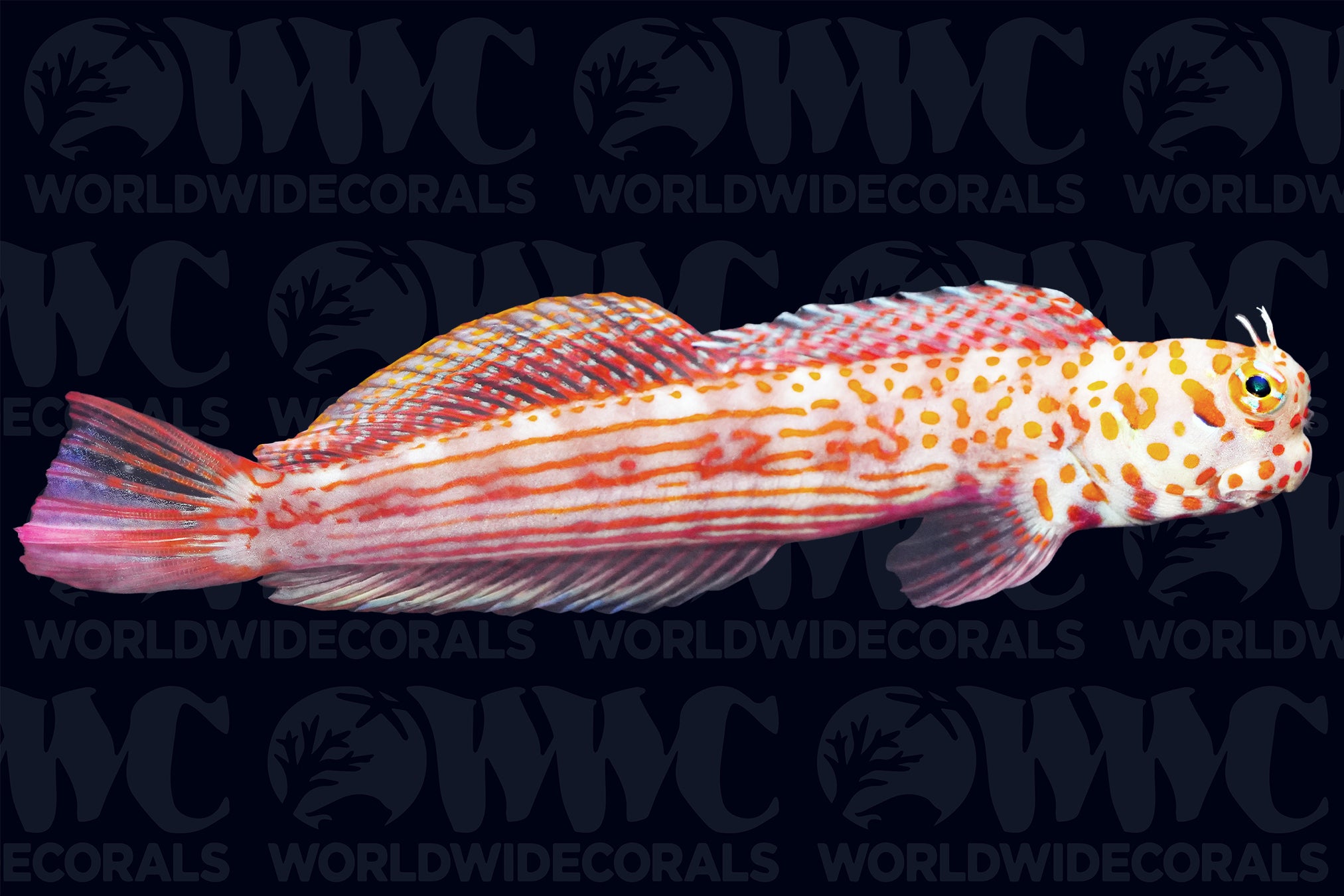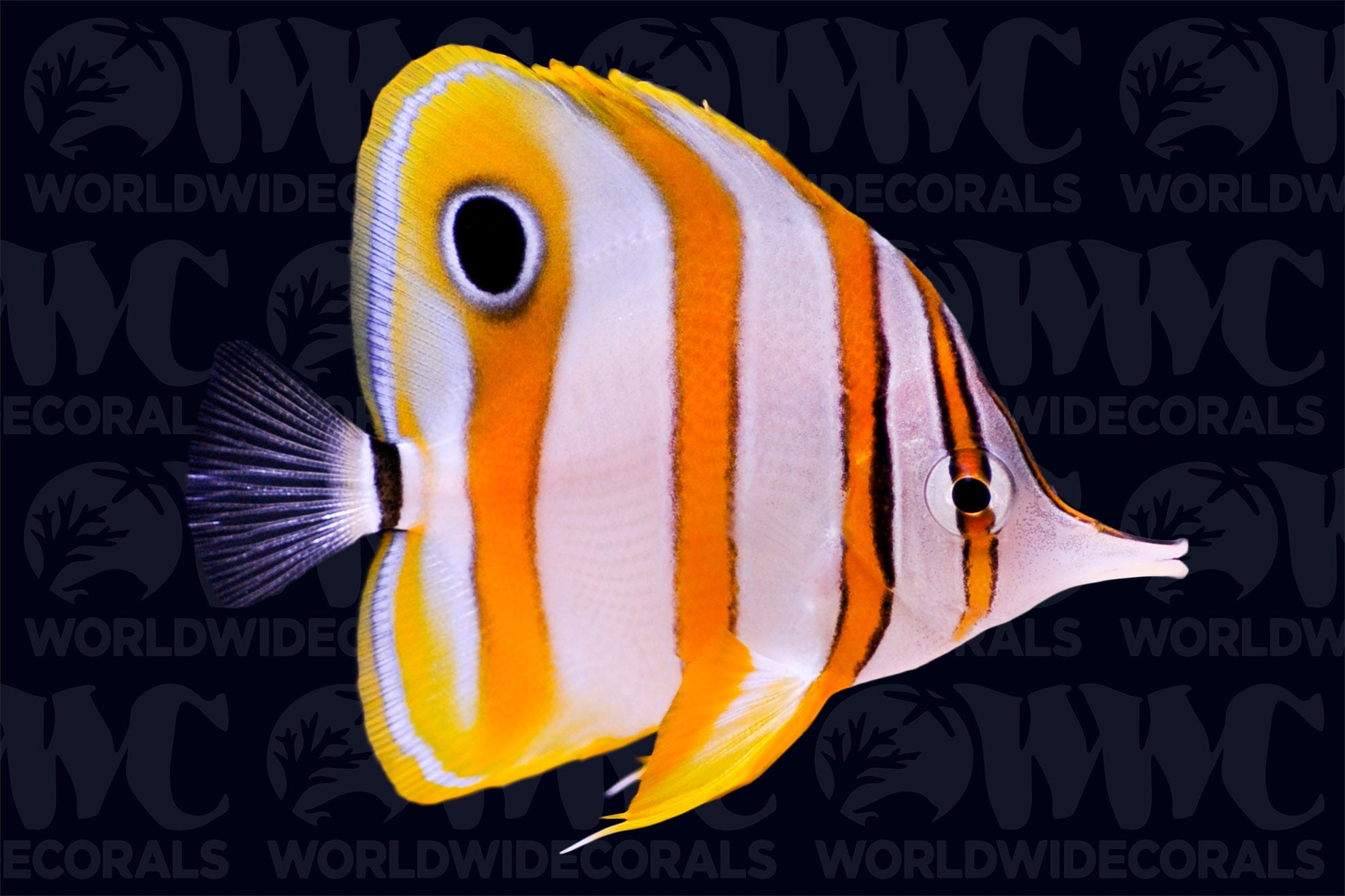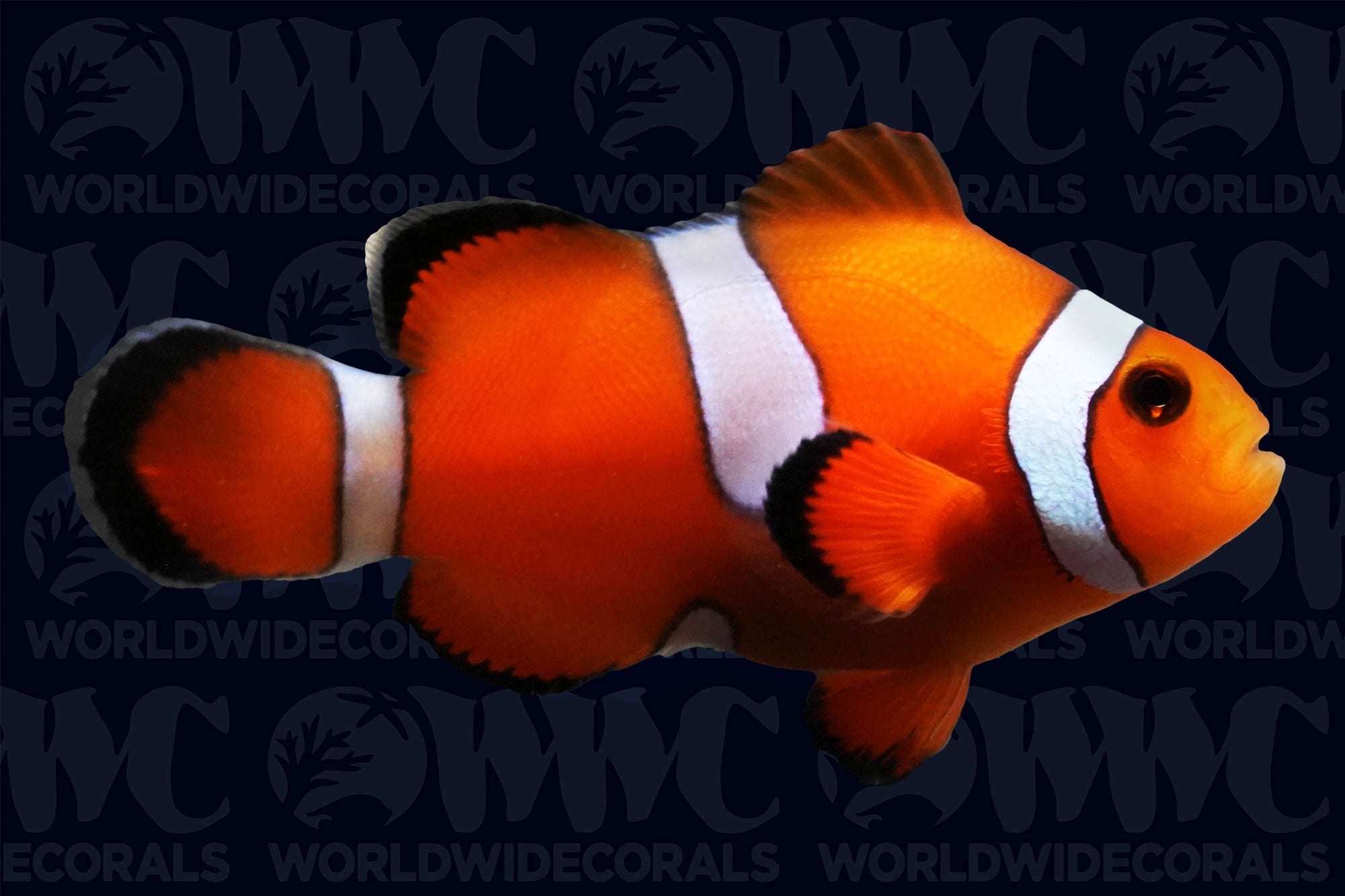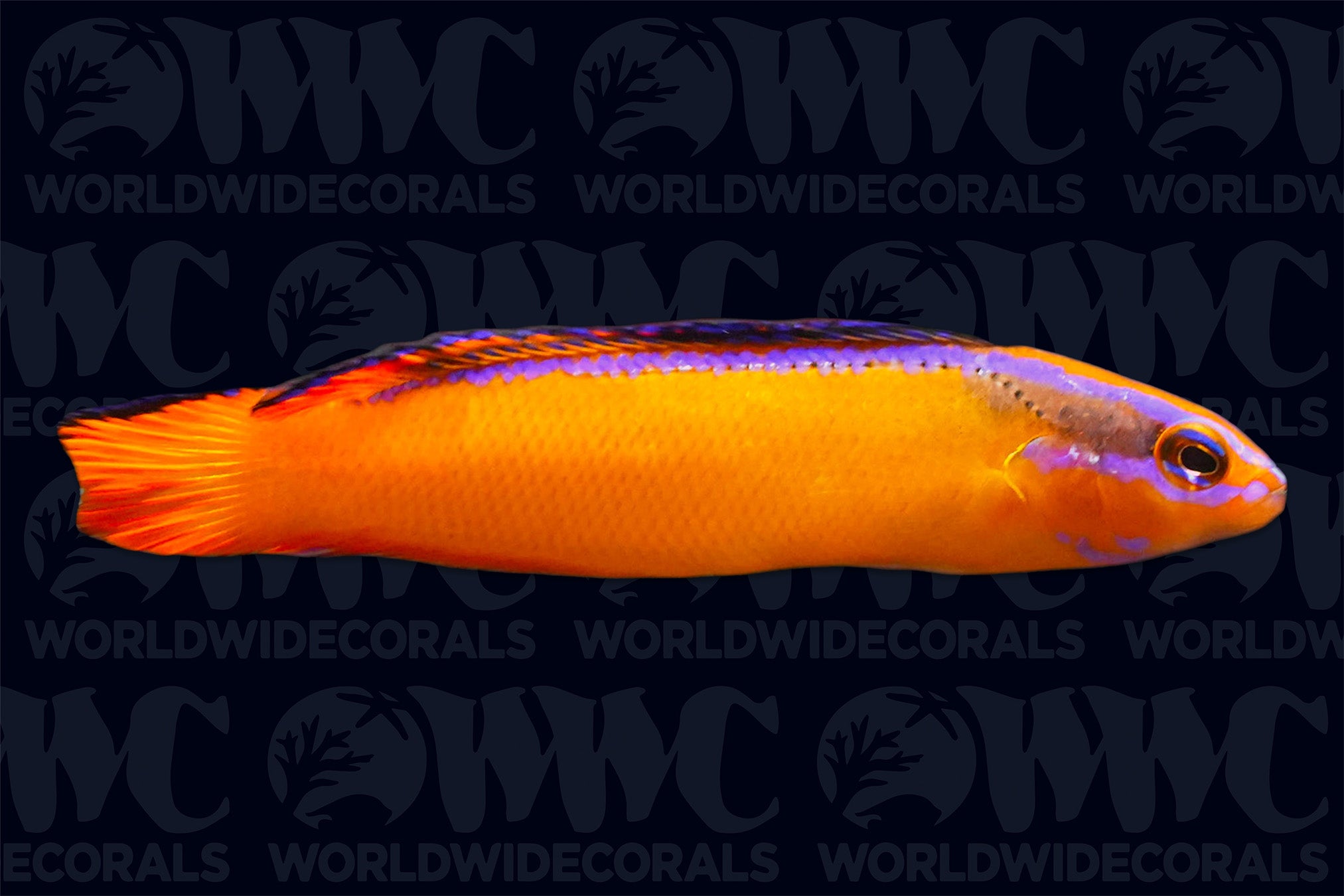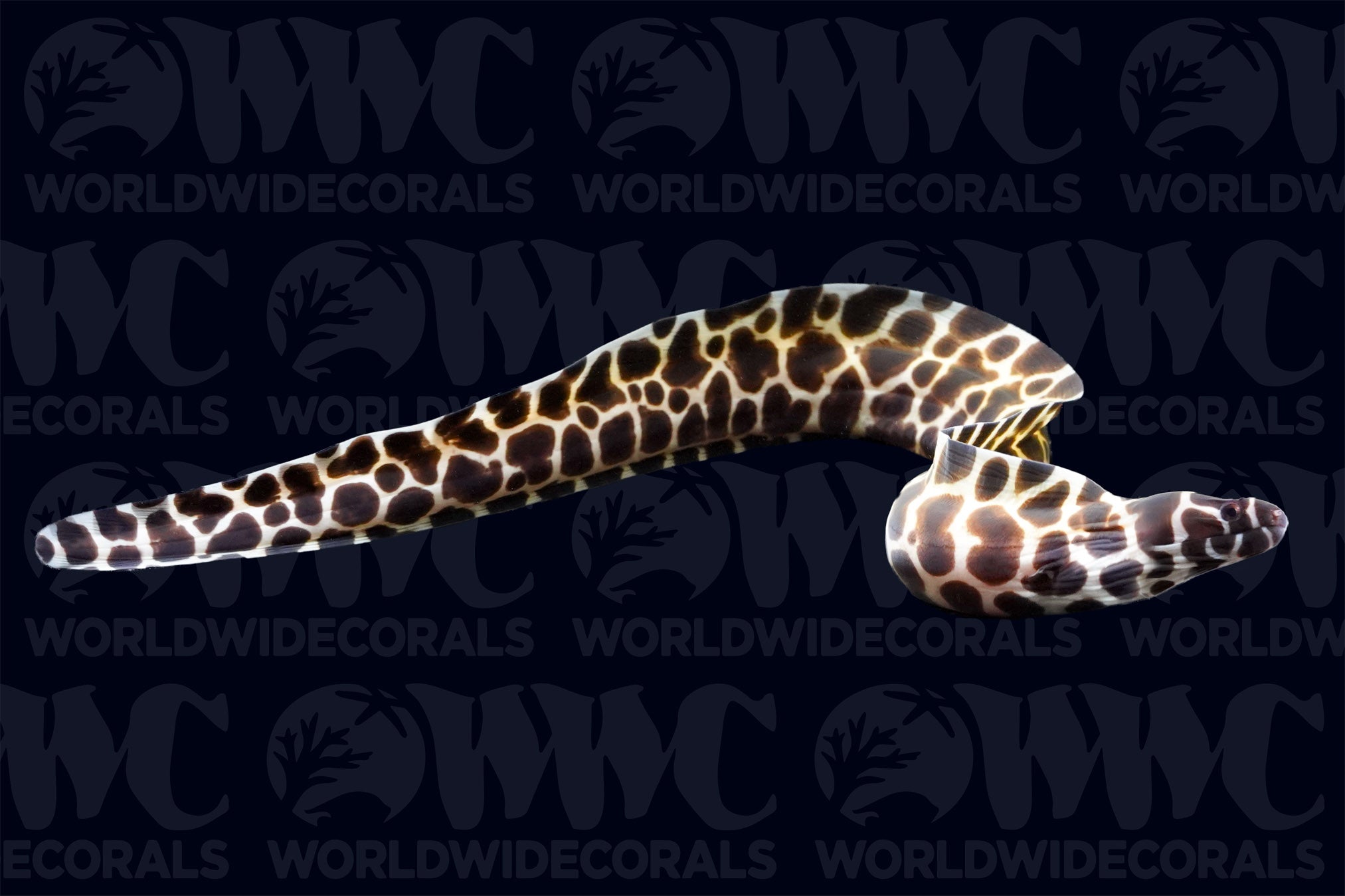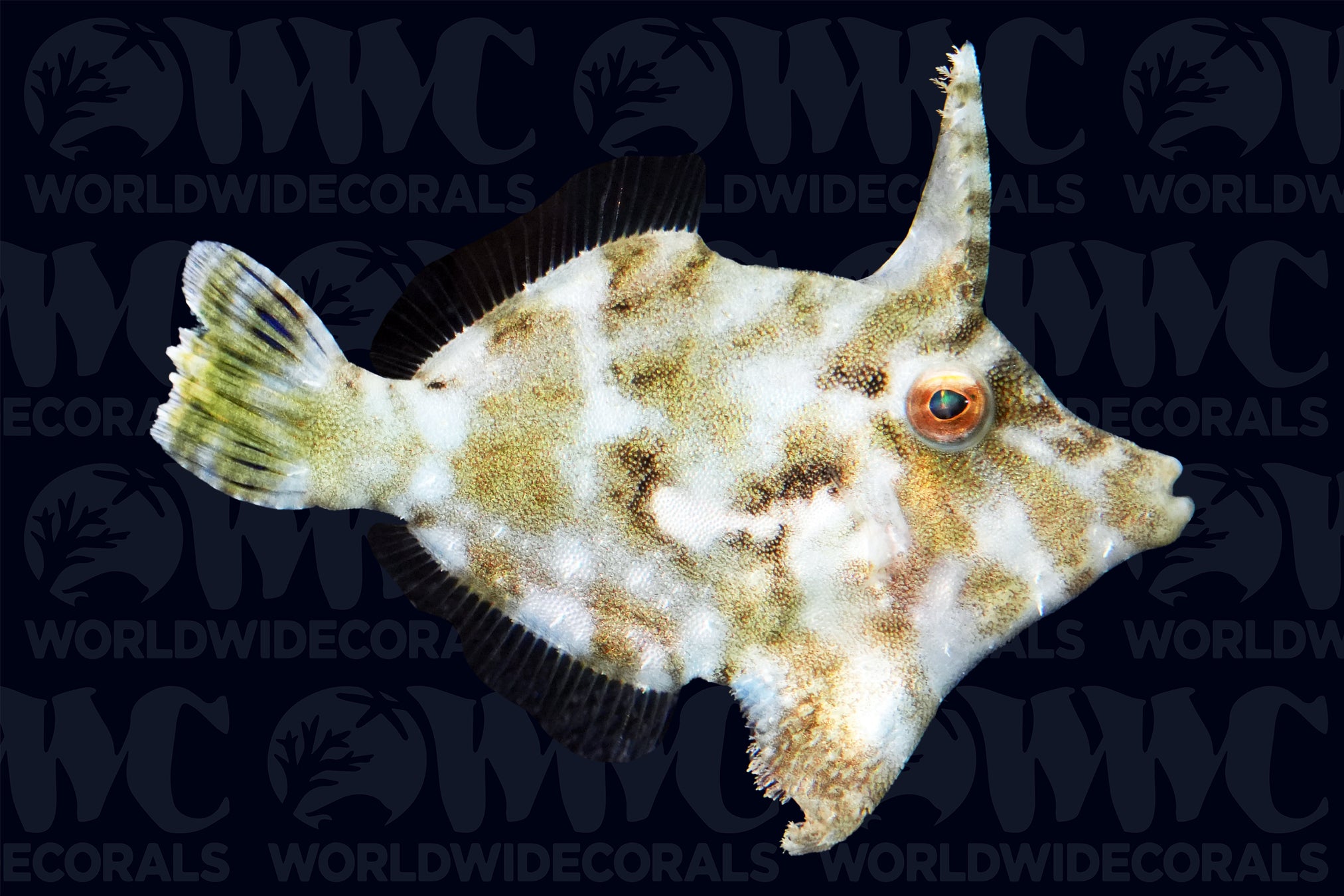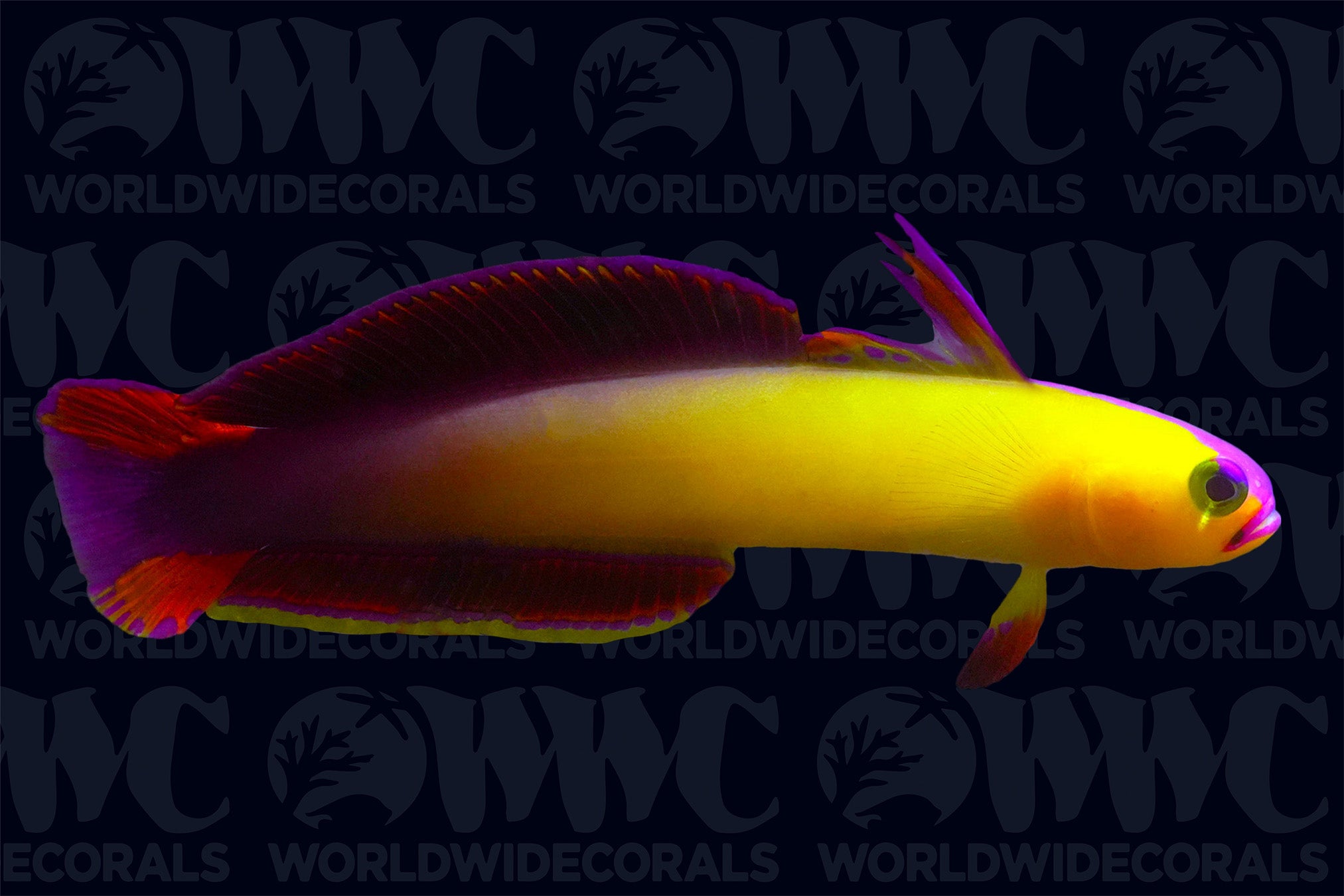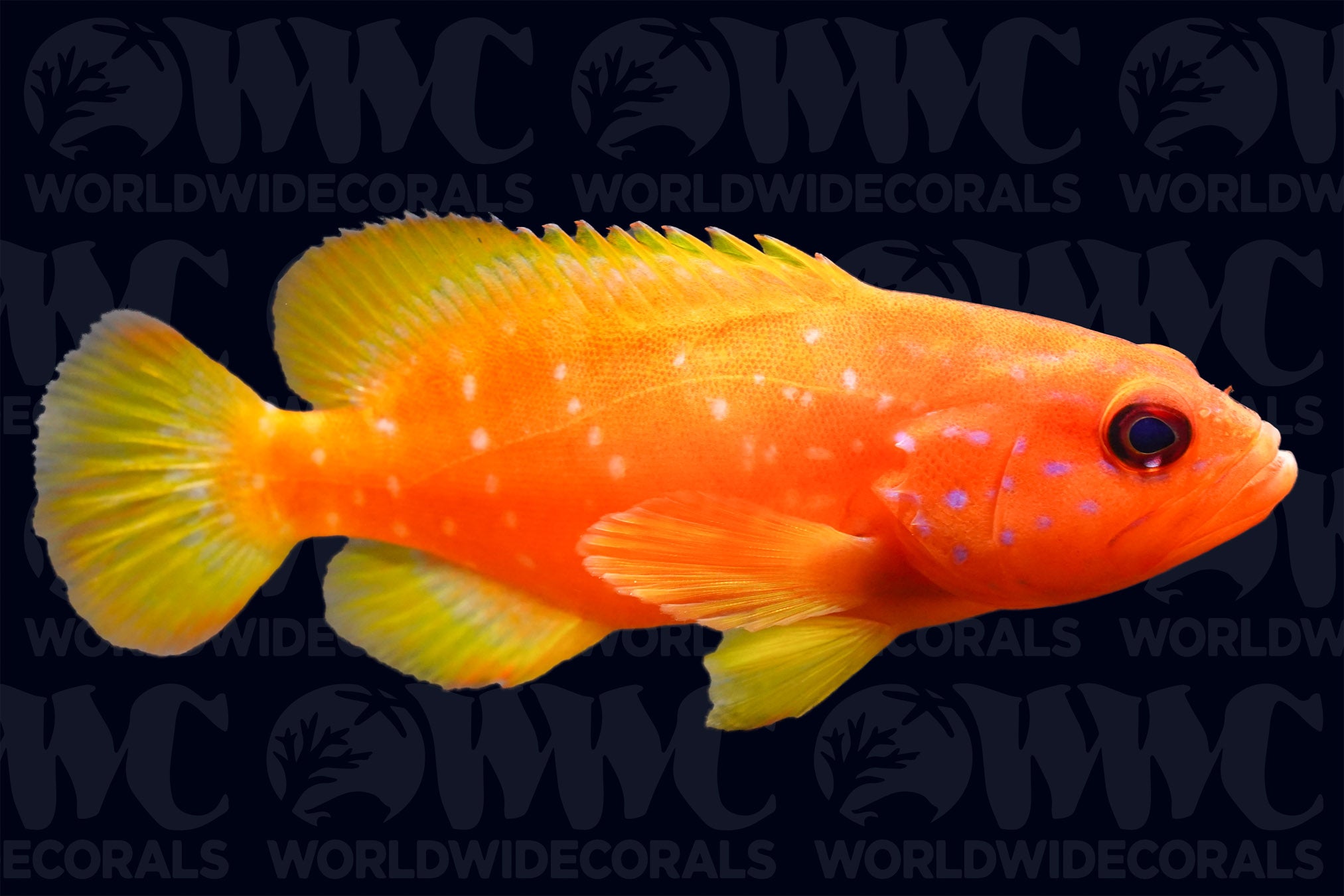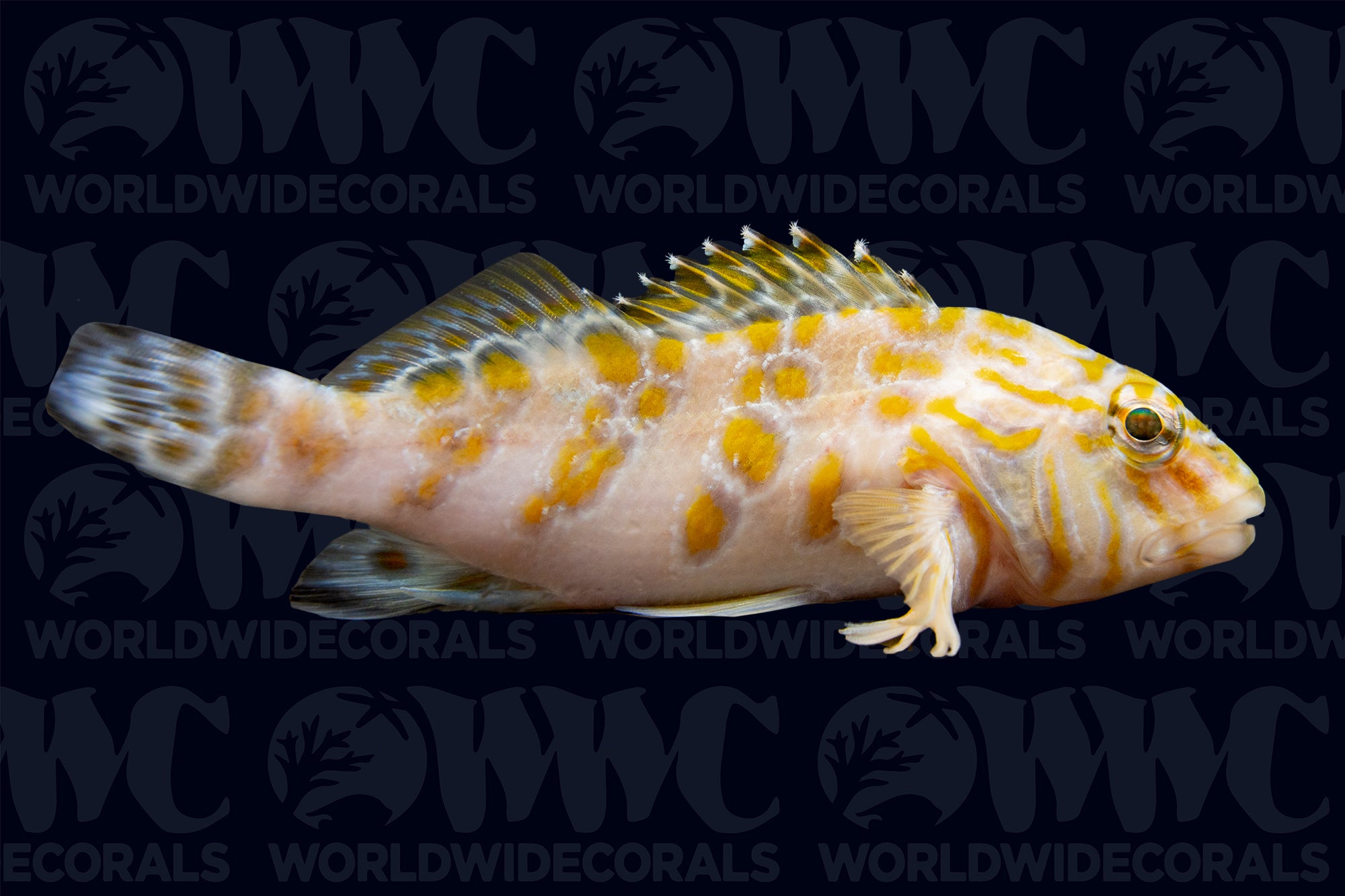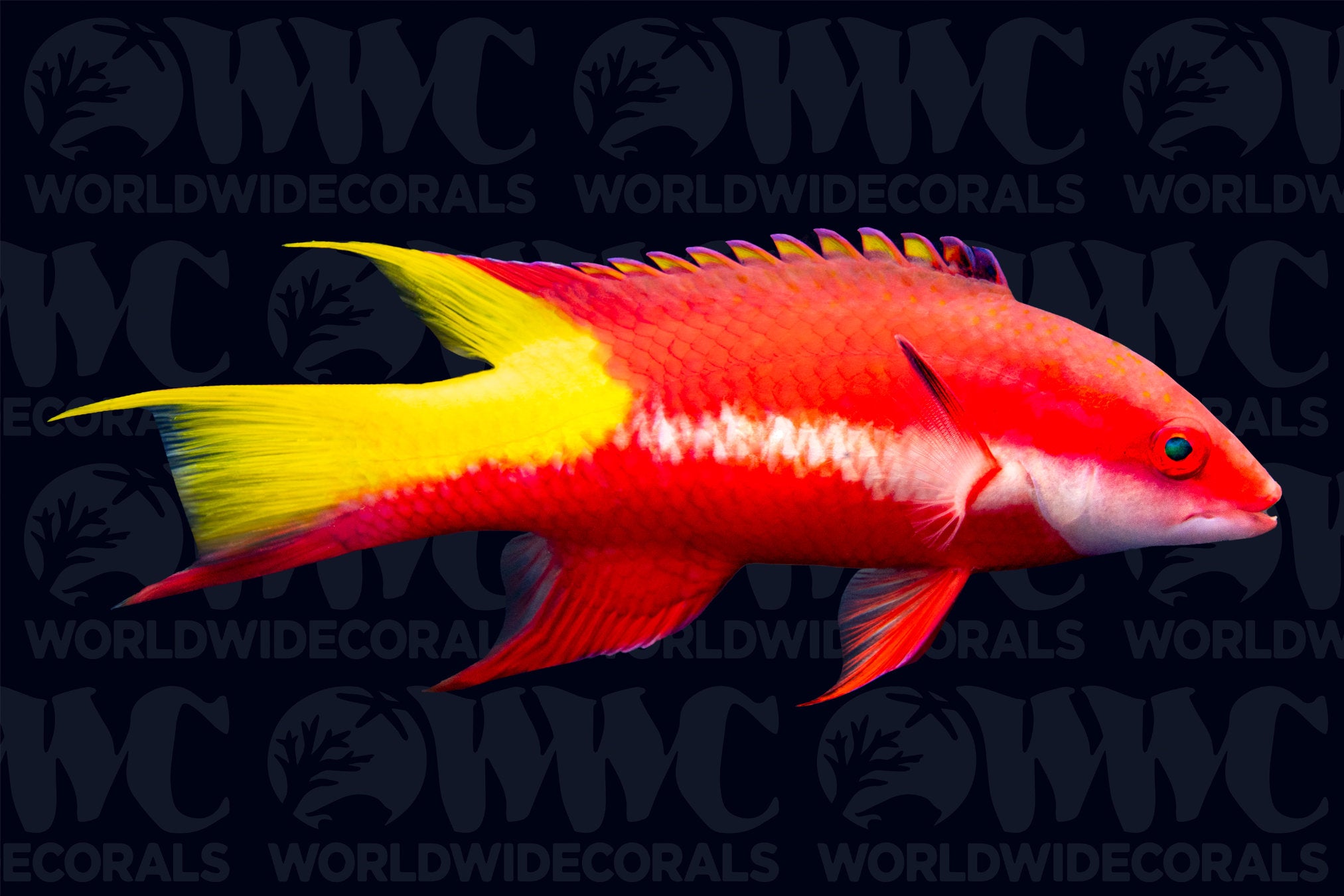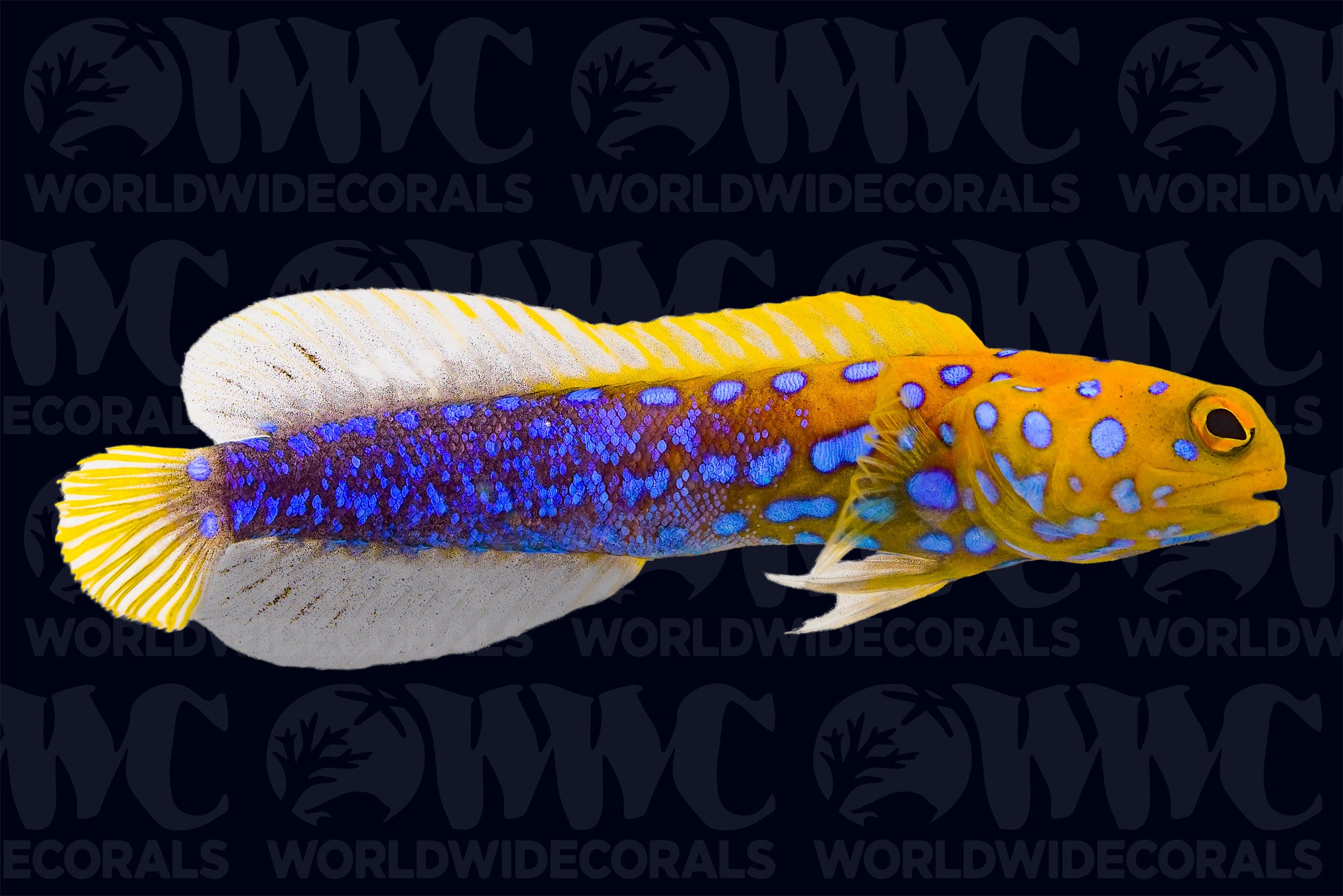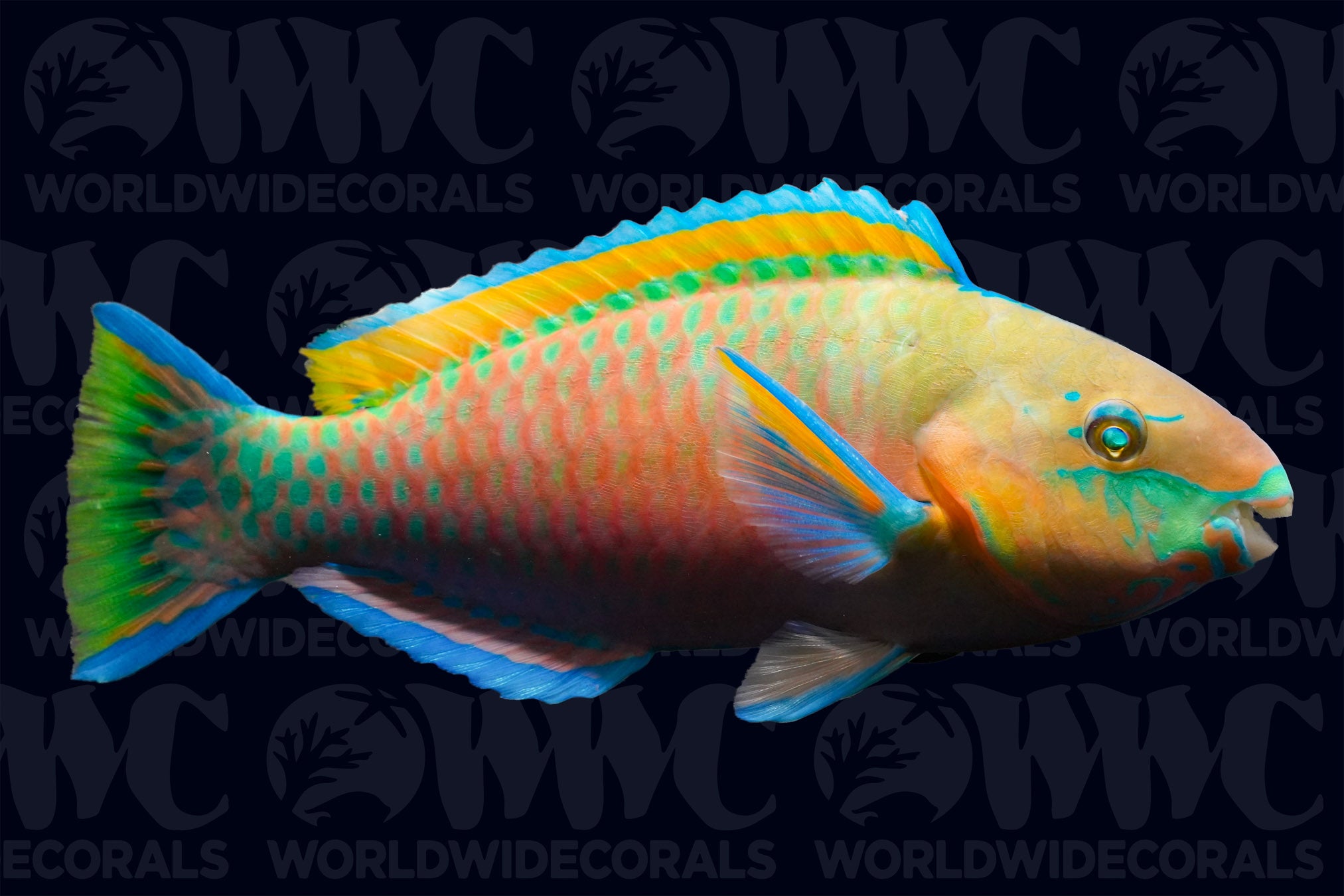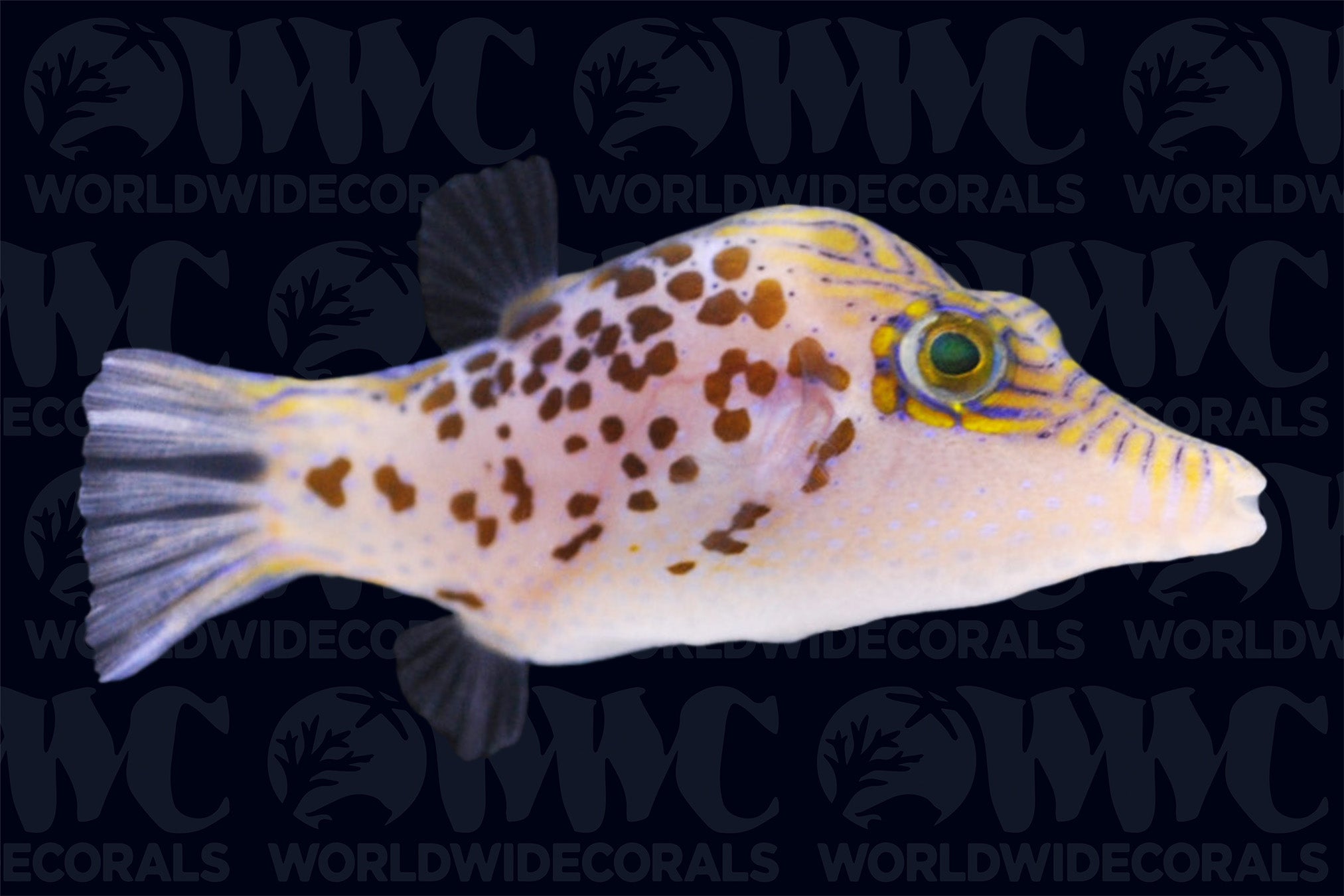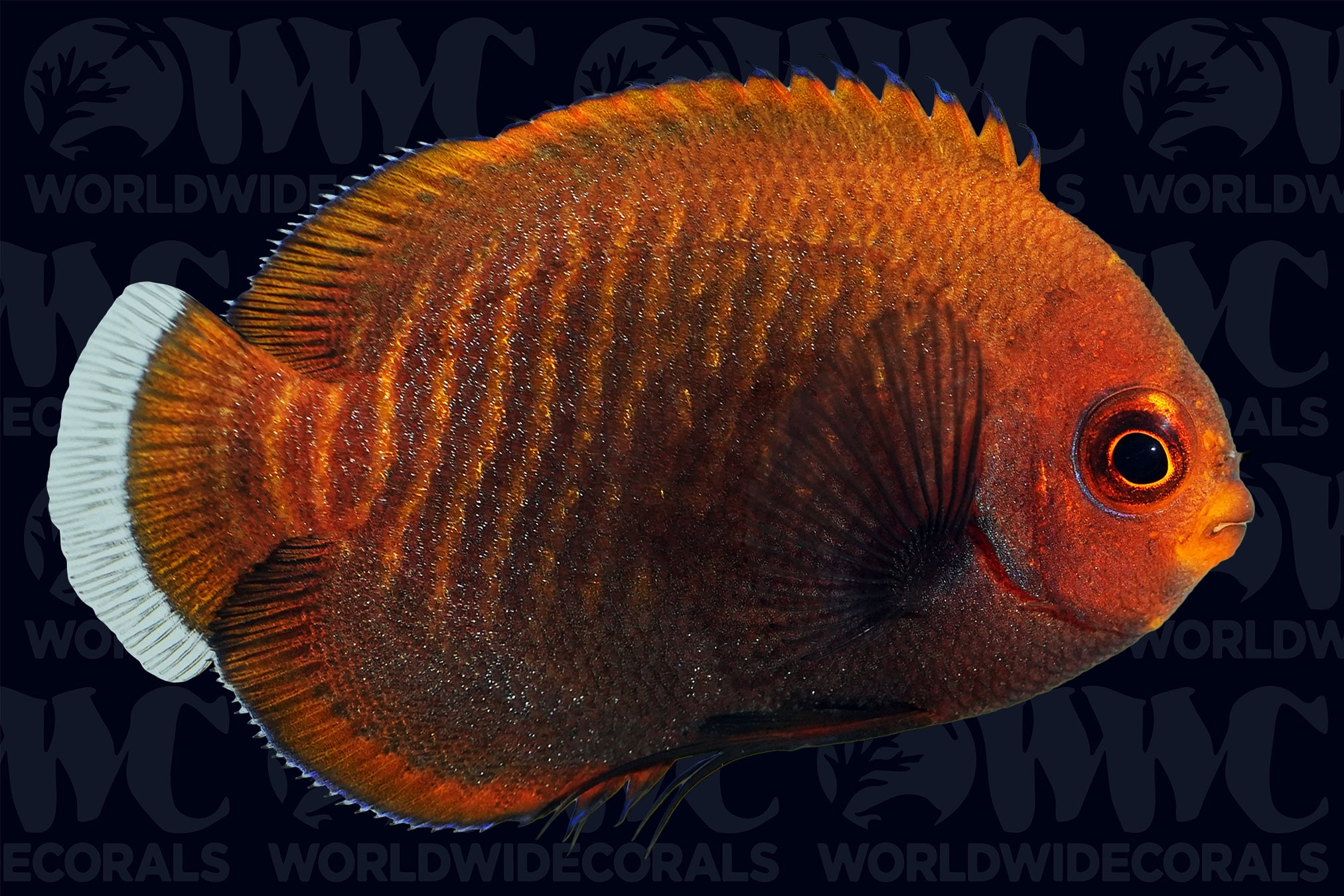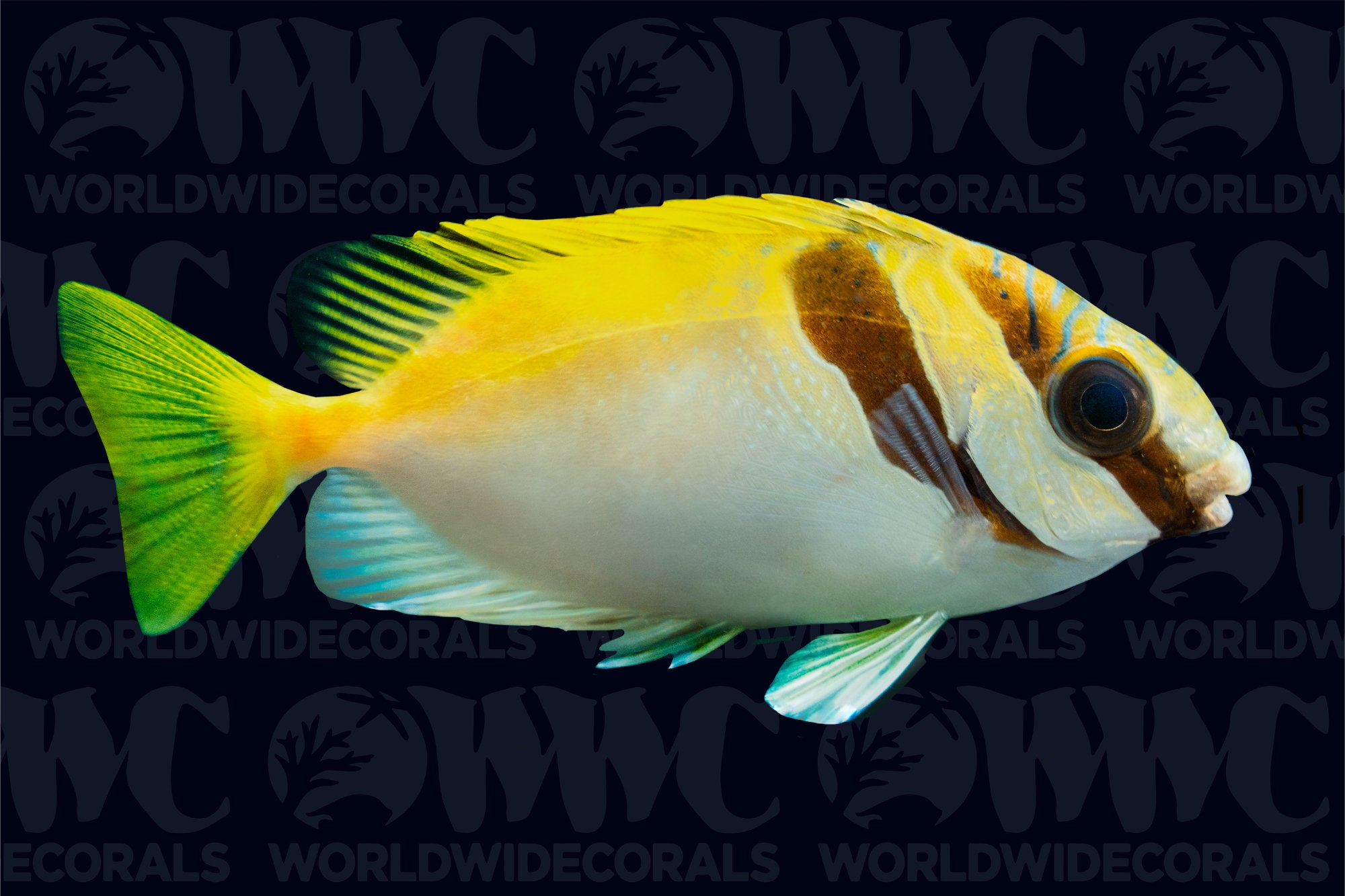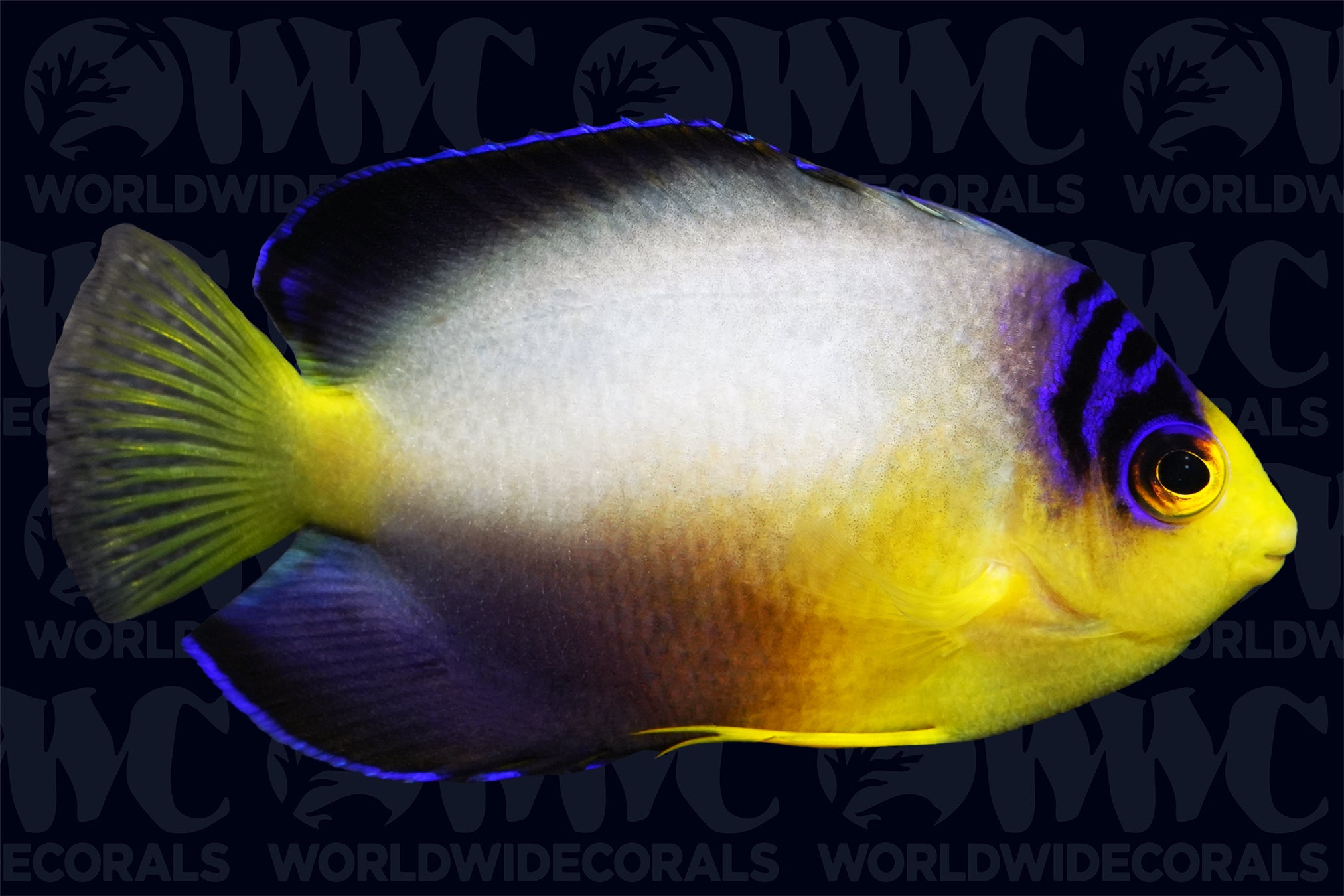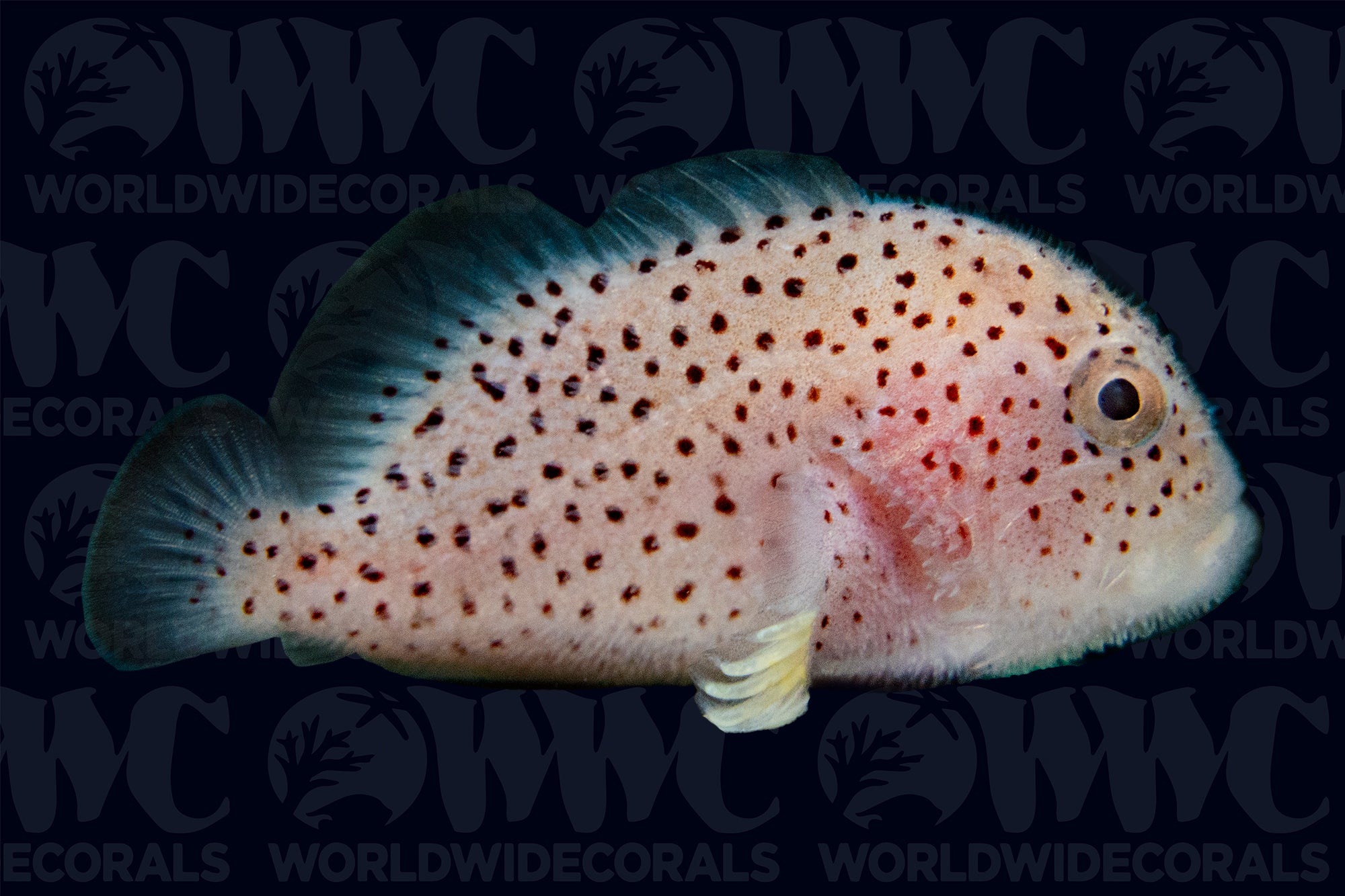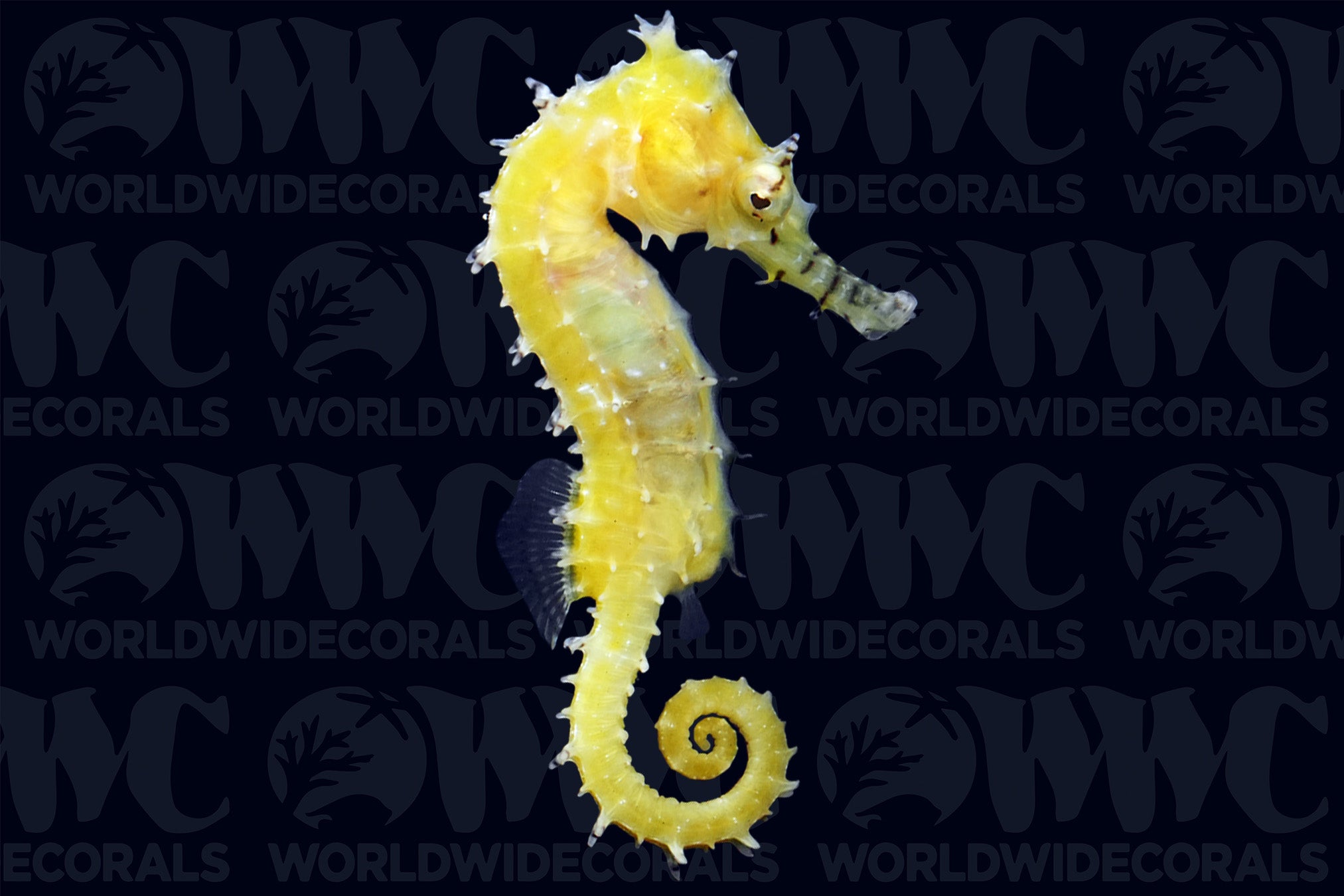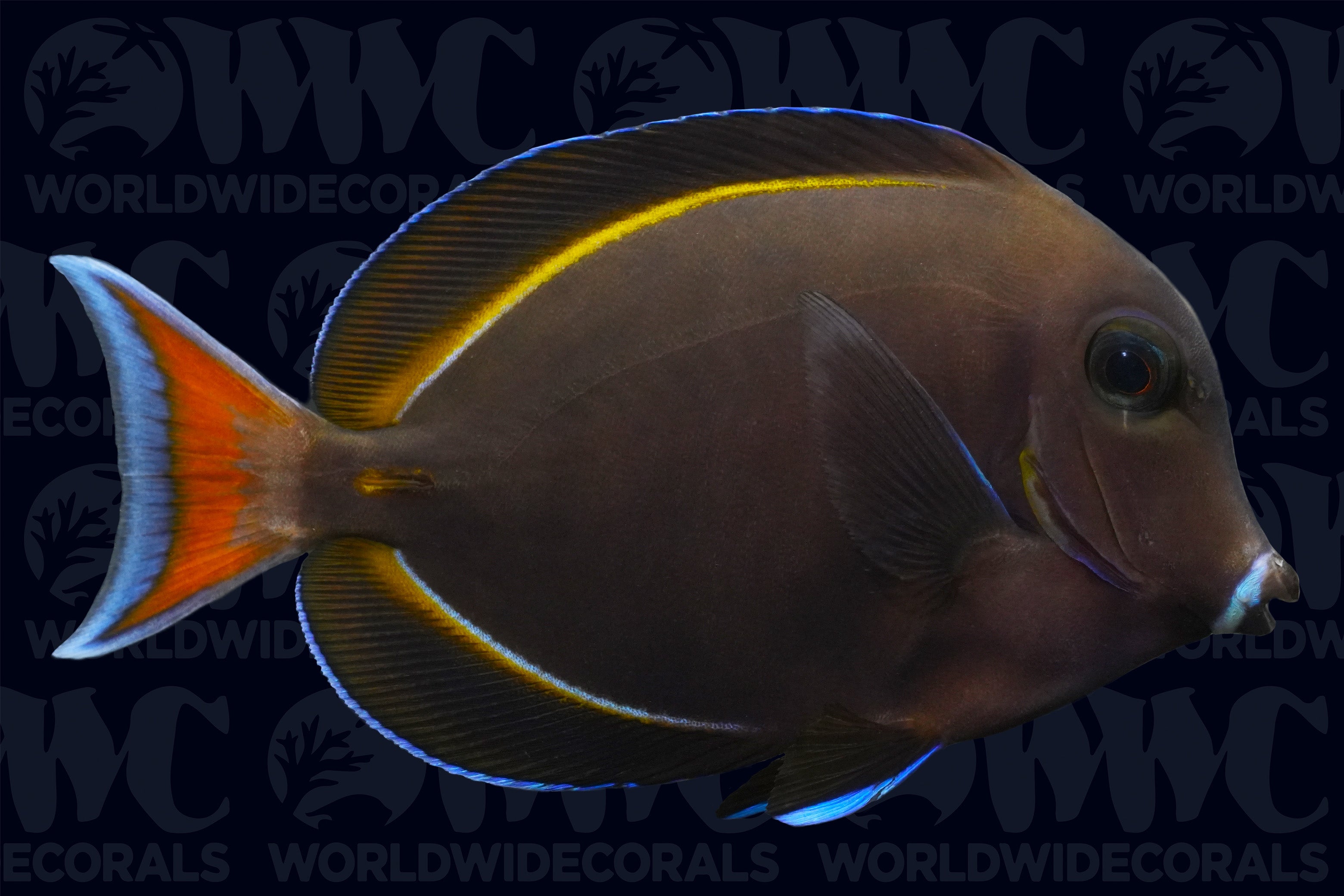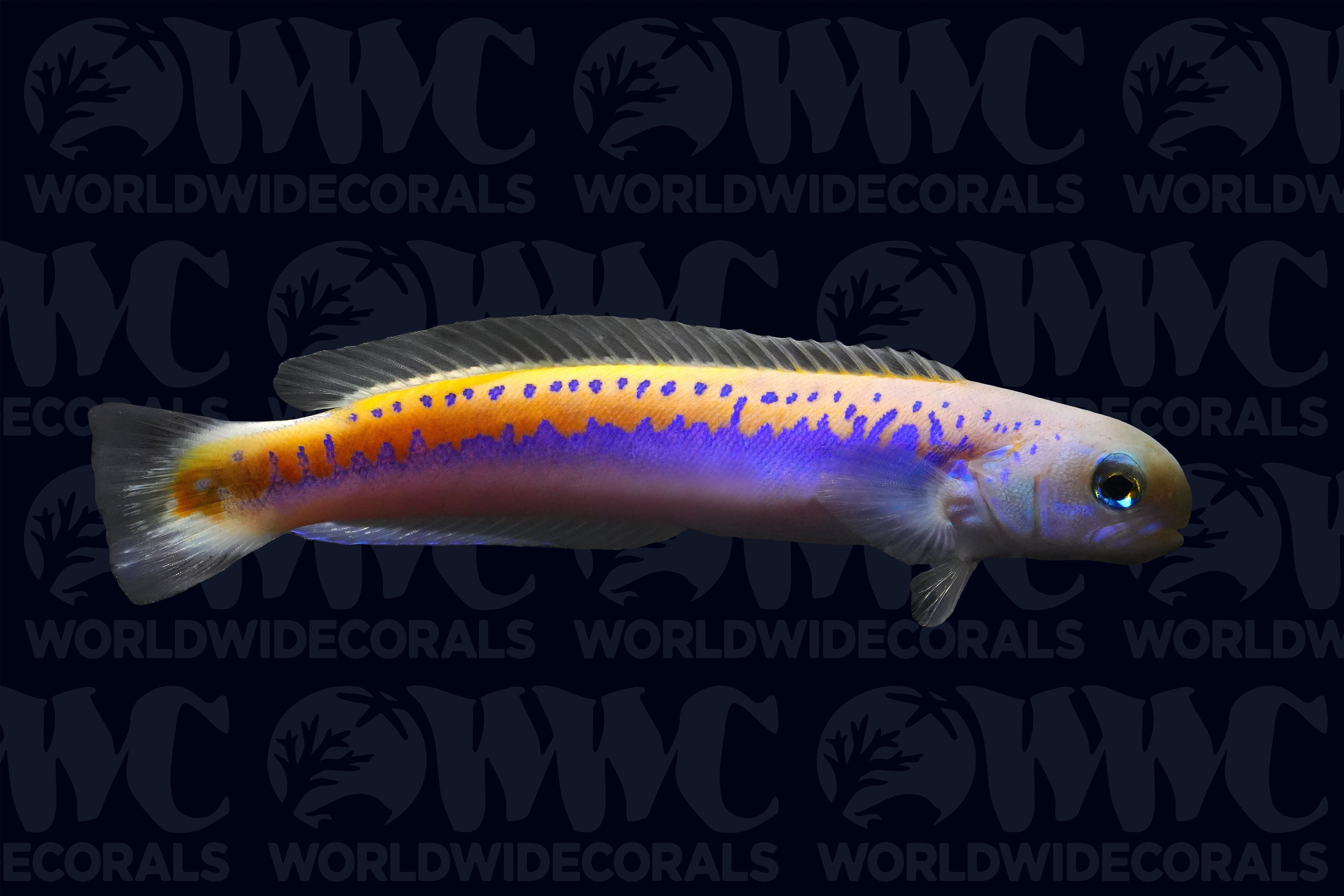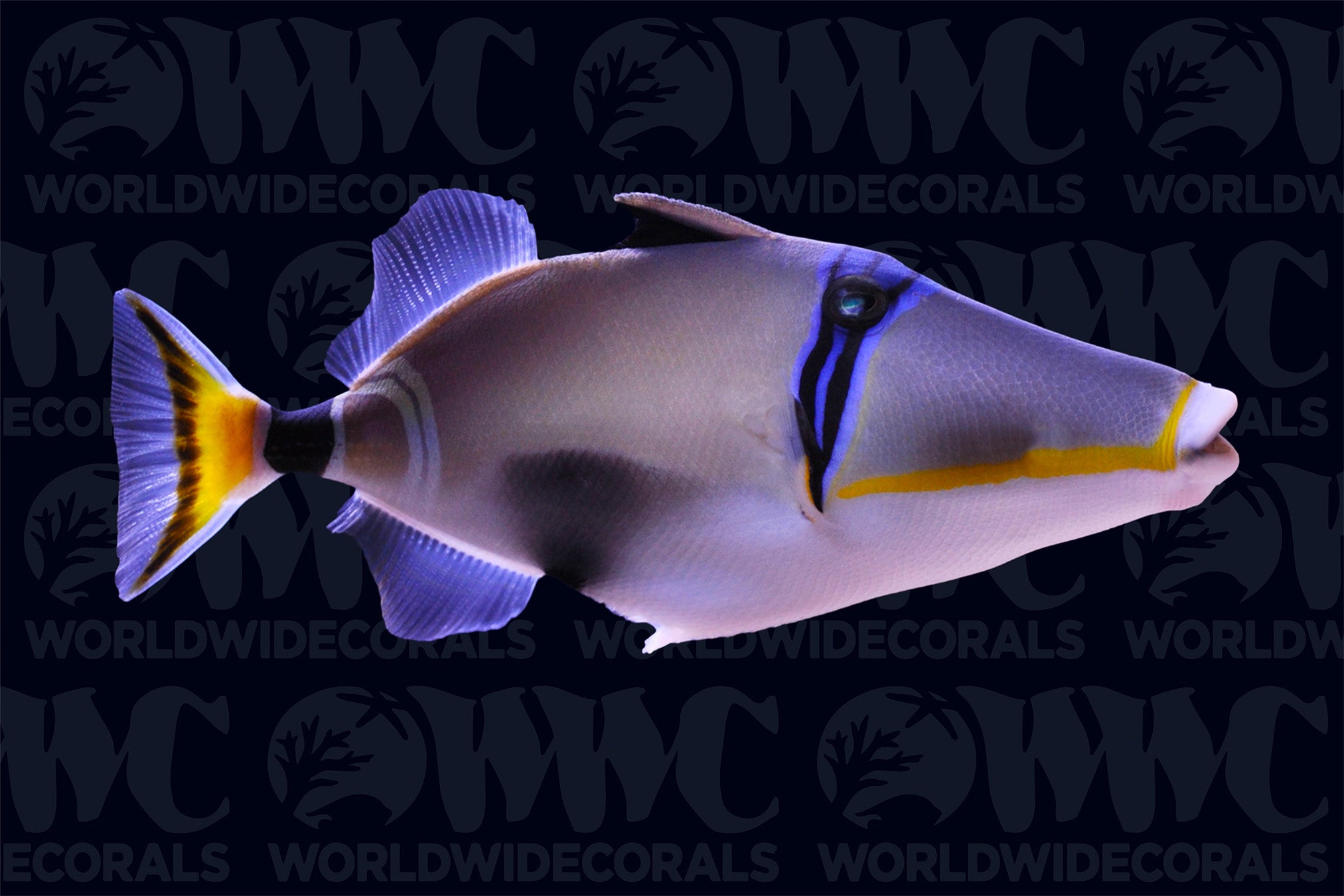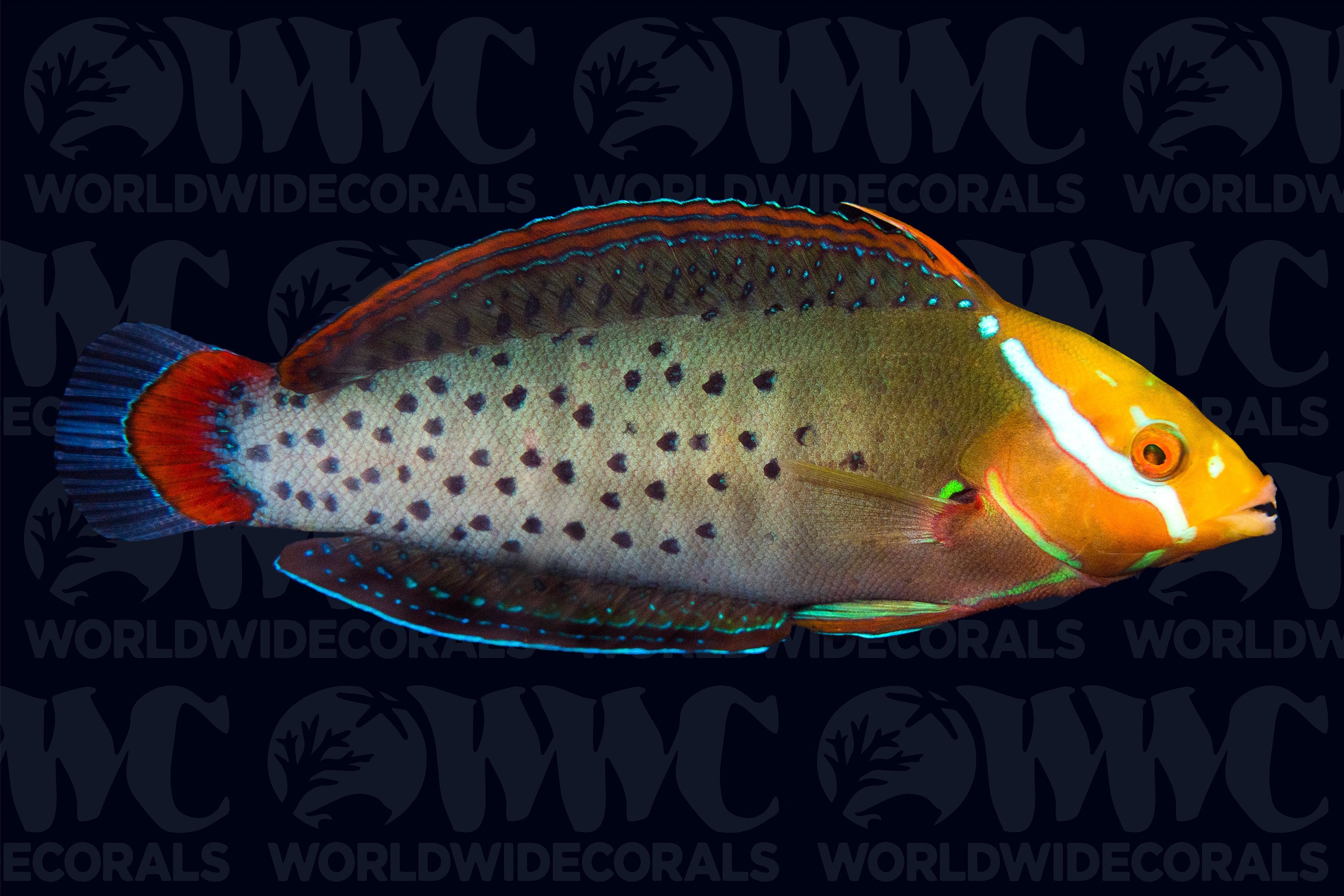Description
Centropyge loriculus
Centropyge angels are favorites with hobbyists due to their small adult size, vibrant colorations, and hardiness. The Flame Angel is one of the most popular due to its striking red and orange coloration with contrasting vertical black bars. Like other dwarf angelfish, they can be aggressive with other pygmy angelfish and similarly shaped fish. They should take just about anything you want to feed them, which includes frozen preparations, soft foods, and high-quality flake and pellet foods for omnivorous marine fish. We suggest a varied diet, ideally fed at least 2 times per day. In the wild, they generally feed on a wide variety of algae, tiny crustaceans, sponges, and other benthic organisms. Their natural diet also includes nipping on coral, primarily fleshy LPS corals, so the Flame Angel is not considered reef-safe. This angelfish will only grow to be about 4 inches in total length and is suited for 70-gallon aquariums or larger. The Flame Angel is found throughout the Central Pacific, inhabiting the reef slopes and lagoon areas.
Centropyge angels are favorites with hobbyists due to their small adult size, vibrant colorations, and hardiness. The Flame Angel is one of the most popular due to its striking red and orange coloration with contrasting vertical black bars. Like other dwarf angelfish, they can be aggressive with other pygmy angelfish and similarly shaped fish. They should take just about anything you want to feed them, which includes frozen preparations, soft foods, and high-quality flake and pellet foods for omnivorous marine fish. We suggest a varied diet, ideally fed at least 2 times per day. In the wild, they generally feed on a wide variety of algae, tiny crustaceans, sponges, and other benthic organisms. Their natural diet also includes nipping on coral, primarily fleshy LPS corals, so the Flame Angel is not considered reef-safe. This angelfish will only grow to be about 4 inches in total length and is suited for 70-gallon aquariums or larger. The Flame Angel is found throughout the Central Pacific, inhabiting the reef slopes and lagoon areas.
3 DAY GUARANTEE | Hassle Free | 100% Satisfaction | Online Orders Only


